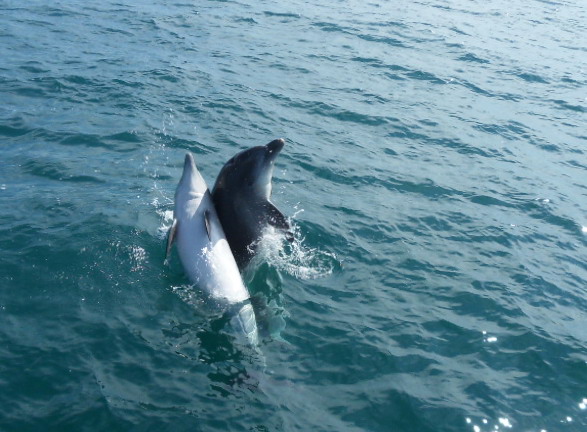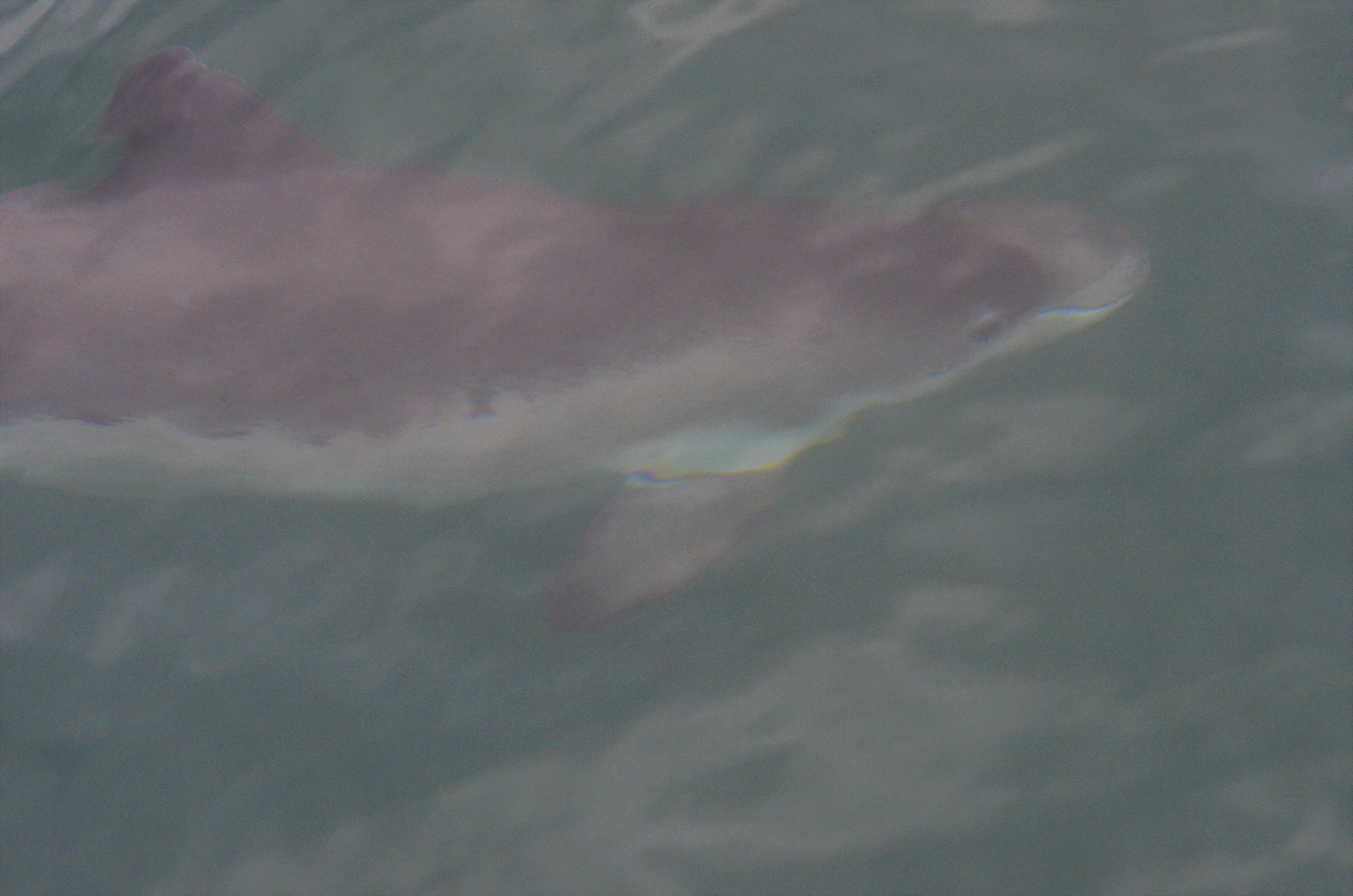Author: Alicia Hodson
As part of the government’s commitment to creating a ‘Blue Belt’ around the UK, on the 17th January 2016, 23 new Marine Conservation Zones (MCZs) were designated in English waters. Aiming to protect a range of habitats for marine life, particularly for endangered species, MCZs are welcomed by the Sea Watch Foundation, although there are concerns with the current (or lack of) management strategies for these zones, and the fact they do not attempt to cater for mobile marine species like cetaceans:
“Sea Watch welcomes the announcement of 23 new Marine Conservation Zones (MCZs) in English waters. These are mostly offshore sites established for static features that are important habitats for benthic marine species like spiny lobster and stalked jellyfish. None of these are designed specifically for the conservation of UK’s whales, dolphins and porpoises. At present they do not have management plans established so it is unclear even for the target species and habitats how effective they will be. There remains a need to recognise that mobile marine species such as marine mammals, birds and fish also have locations that are important for them in the long-term for which the establishment of protected areas would afford them benefits. One of the obstacles to widespread acceptance of MPAs is that they are assumed to prohibit all other human activities – fishing, recreation, or whatever. They should not do that. Their function is to highlight those sites of special importance to species so that they can receive extra care to restrict negative impacts from human activities, but it need not mean those activities being excluded. That often requires everyone working together to ensure there is not undue disturbance or destruction of habitat, or too many fish or invertebrates taken for food, or critical periods in the life cycle of those species receiving too great a pressure.”
 Bottlenose dolphins off Sussex. Photo by Katherine Keyte/ Sea Watch Foundation
Bottlenose dolphins off Sussex. Photo by Katherine Keyte/ Sea Watch Foundation
The Joint Nature Conservation Committee (JNCC) states how management measures within MCZs are decided on a site-by-site basis, resulting in some activities being allowed in some MCZs and not others, or with seasonal restrictions. It is all dependent on which species or habitat type the site has been designated for. So although it is great news to hear of more marine areas receiving conservation efforts, it may be some time before specific management plans are settled.
However, on a positive note, the first MCZ, Lundy Island in the Bristol Channel, which was created in 2010, is already showing positive results from its protection. Chris Blackmore, Sea Watch Regional Coordinator for North Devon comments:
“Great news [today] about the MCZs, and good to see the new ones around the Southwest Peninsula, including our area. The local potters and divers have definitely noticed a difference with the Lundy “no take” zone, as the crabs and lobsters are so much bigger and even starting to disperse out of the zone. The local inshore guys are really into conservation of stocks and seem to be fairly supportive of the new MCZs.”
 Harbour porpoise off Cornwall. Photo by Billy Heaney/AK Wildlife Cruises
Harbour porpoise off Cornwall. Photo by Billy Heaney/AK Wildlife Cruises
Below is a list of the 23 new MCZ’s.
- Fulmar (Northumberland)
- Farnes East (Northumberland)
- Coquet to St Mary’s (Northumberland)
- Runswick Bay (Yorkshire Coast)
- Holderness Inshore (N of the Humber Estuary Mouth)
- Cromer Shoal Chalk Beds (N Norfolk Coast)
- The Swale Estuary (The Isle of Sheppey)
- Dover to Deal (Kent)
- Dover to Folkestone (Kent)
- Offshore Brighton (SE Sussex)
- Offshore Overfalls (SE of the Isle of Wight)
- Utopia (SW of Selsey Bill)
- The Needles (W of the Isle of Wight)
- Western Channel (S Cornwall)
- Mounts Bay (SW Cornwall)
- Land’s End (Runnel Stone) (SW Cornwall)
- Newquay and The Gannel (N Cornwall Coast)
- Hartland Point to Tintagel (N coast of Devon and Cornwall)
- Bideford to Foreland Point (N Devon)
- North-West of Jones Bank (W of Land’s End)
- Greater Haig Fras (W of Land’s End)
- West of Walney (SW coast of Cumbria, W of Walney Island)
- Allonby Bay (N coast of Cumbria, English side of the Solway Firth)
By Alicia Hodson
























